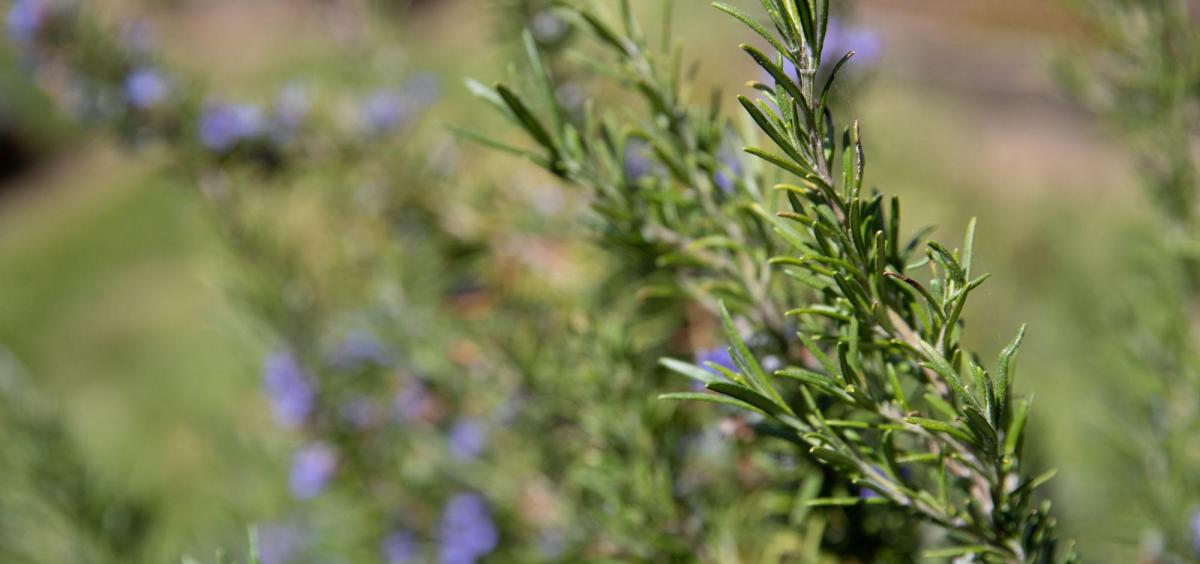
CORVALLIS, Ore. – During the bleak days of winter, bees and other pollinators look to gardeners for the nourishment that keeps them going until the more abundant seasons of the year arrive.
“Black-tailed bumblebees are out as early as January,” said Andony Melathopoulos, Oregon State University Extension Service pollinator specialist amd assistant professor in the College of Agricultural Sciences. “Native bees are just starting and will be seen more often later in February when the wild willow starts blooming.”
Though there are winter-flowering plants growing in the wild, many pollinators don’t live near them. That makes using cultivated winter bloomers an important consideration when planning a garden.
“Even a small amount of habitat will sustain bees, even rare species,” Melathopoulos said. “These are tiny creatures. Well-thought-out landscapes can provide all the food they need in winter. Gardeners can really help with that.”
Granted, many plants don’t flower in winter, but those that do add much-needed brightness to the garden and sustenance for pollinators. Melathopoulos suggested the following winter-blooming plants. He also suggests checking out the Extension publication "Trees and Shrubs for Fall and Winter Bloom."
Hazelnut (Corylus): Members of the Corylus genus – including the popular contorted and weeping hazelnuts – are one of earliest sources of pollen for bees.
Oregon grape (Mahonia): No garden – or bee – should be without one of these evergreen shrubs, especially since it’s designated Oregon’s state flower. But an even better reason are the insanely yellow flowers that last for weeks.
Heath and heather (Erica and Calluna): Bees zoom in to heaths and heathers like they’re approaching a runway. In shades from purple to copper to gold, these low-growing plants make a mat of color throughout the year, including winter.
Winter jasmine (Jasminum nudiflora): Though it doesn’t have the fragrance of other jasmines, this vining shrub has bright yellow flowers that are a welcome sight in winter.
Witch hazel (Hamamelis): Bees get fired up over witch hazel with its crepe paper-like flowers in orange, red and, most famously, yellow.
Rosemary (Rosmarinus officinalis): The periwinkle-colored flowers of rosemary will pop out all winter but really provide a spectacular spread of nectar and pollen in late winter when many bees and hummingbirds are gearing up.
Manzanita (Archtostaphylos spp.): These evergreen shrubs explode with white flowers that bumblebees and hummingbirds flock to. Manzanitas are native to the western United States and come in all sorts of shapes and sizes, from large, treelike shrubs to ground covers.
Chaparral currant (Ribes malvaceum): Bees go gaga over this California native, which blooms after Christmas and keeps on blooming through the end of winter.
About the OSU Extension Service: The Oregon State University Extension Service shares research-based knowledge with people and communities in Oregon’s 36 counties. OSU Extension addresses issues that matter to urban and rural Oregonians. OSU Extension’s partnerships and programs contribute to a healthy, prosperous and sustainable future for Oregon.
Kym Pokorny, 541-737-3380, [email protected]
Andony Melathopoulos, 541-452-3038, [email protected]
Click photos to see a full-size version. Right click and save image to download.